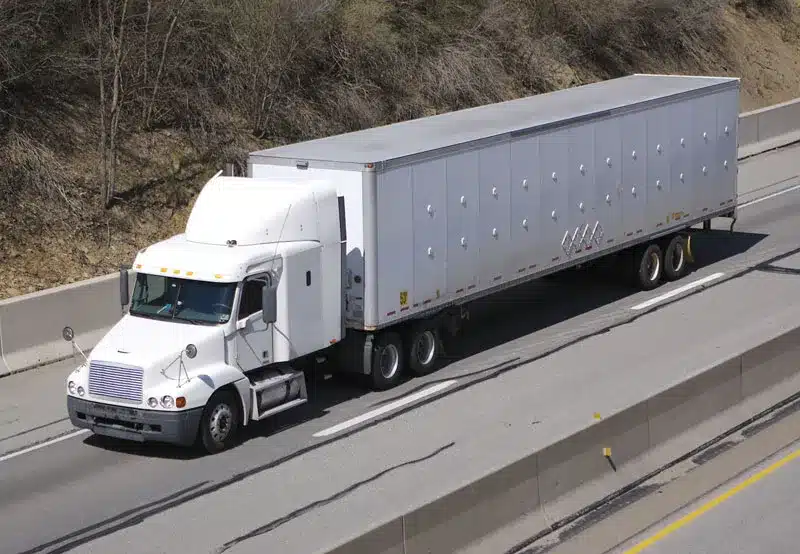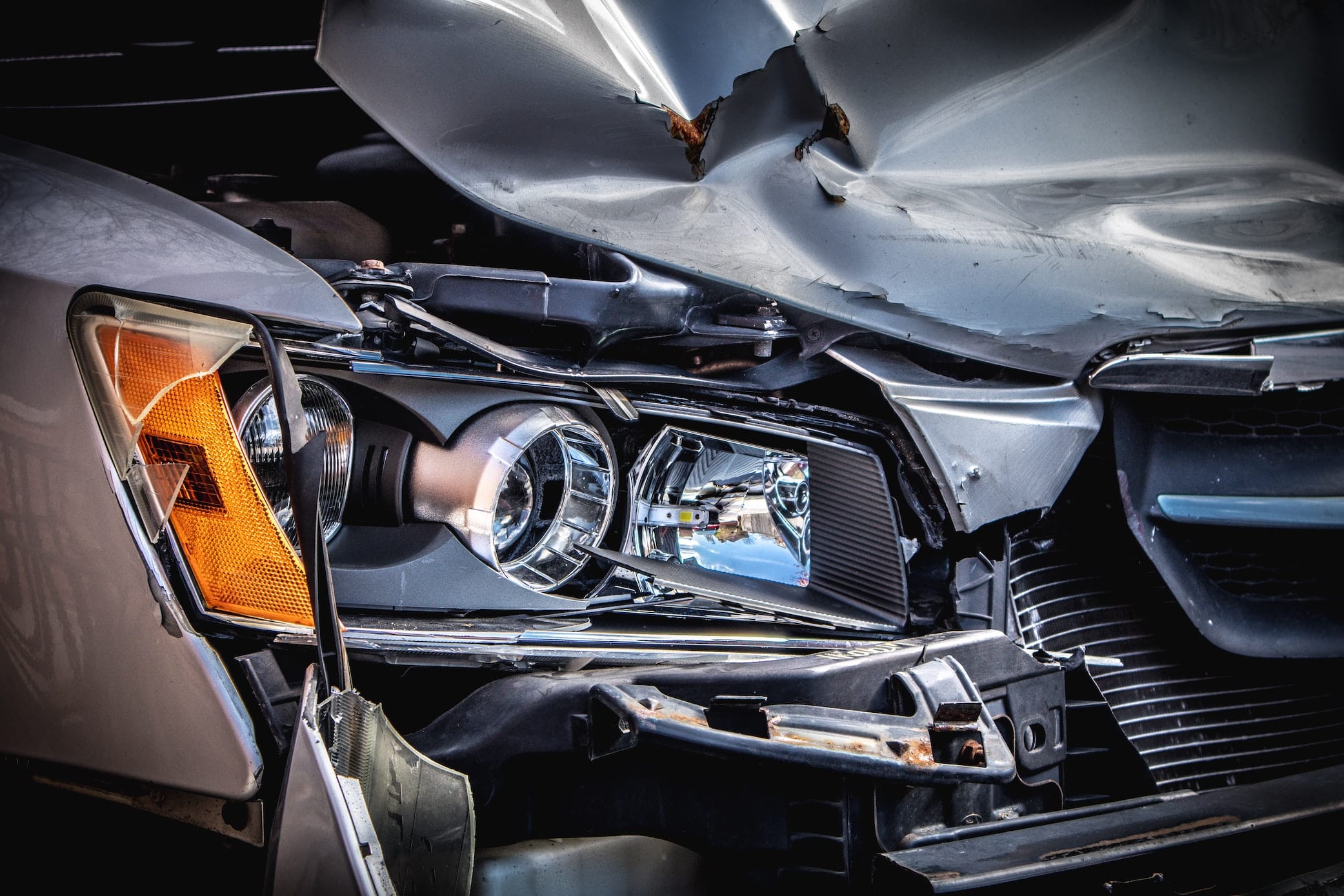In today’s world, technology plays a significant role in various aspects of our lives, including the way we handle car accidents and insurance claims. Traffic cameras, those watchful sentinels perched on traffic lights and street corners, are increasingly influencing car accident claims. In this blog post, we’ll explore the impact of traffic cameras on car accident claims, shedding light on the benefits, challenges, and the way they have changed the landscape of insurance disputes.
Objective Documentation
One of the most significant impacts of traffic cameras on car accident claims is their ability to provide objective documentation of the events leading up to and during an accident. These cameras capture a continuous stream of footage, offering an unbiased account of what transpired. When car accidents occur near these cameras, the video evidence can help establish the sequence of events, fault, and liability. This objective documentation can reduce disputes, speed up the claims process, and improve the accuracy of settlements.
Improved Claims Processing
Traffic camera footage can expedite the claims process by providing a clear picture of the accident. Insurers can use this video evidence to determine fault and liability, often resulting in faster claims processing. The reduced need for extensive investigations can save both claimants and insurers time and resources.
Reducing Fraud
Traffic cameras have also been effective in deterring and uncovering fraudulent claims. Individuals attempting to stage accidents or exaggerate injuries are less likely to succeed when video evidence is available. Insurance companies can use this evidence to identify fraudulent claims and protect their finances, which ultimately helps to keep premiums lower for all policyholders.
Challenging Privacy Concerns
While traffic cameras have numerous benefits, they also raise concerns about privacy. Critics argue that constant surveillance infringes on individuals’ rights to privacy, as these cameras record the movements and activities of everyday citizens. Balancing the advantages of traffic cameras with privacy rights remains a challenge and a topic of ongoing debate.
Limited Coverage
One important consideration regarding traffic cameras is that they are not omnipresent. Their coverage is limited to specific intersections and roadways. Consequently, many car accidents still occur beyond the reach of these cameras. In such cases, traditional methods of evidence collection and accident investigation may still be necessary.
Interpretation and Quality
The effectiveness of traffic camera footage can be influenced by factors like camera positioning, lighting conditions, and the quality of the recording. Sometimes, interpreting the footage can be challenging due to these limitations. Furthermore, camera footage may not capture all relevant details, such as driver behavior leading up to the accident.
Traffic cameras have undeniably changed the landscape of car accident claims. They offer objective documentation, expedite claims processing, and deter fraudulent activities. However, their use also raises privacy concerns and is limited in its coverage. As technology continues to evolve, it’s likely that the impact of traffic cameras on car accident claims will continue to evolve as well. Nevertheless, they remain a valuable tool in the pursuit of more efficient and accurate claims resolution, ultimately benefiting all parties involved in the process.







